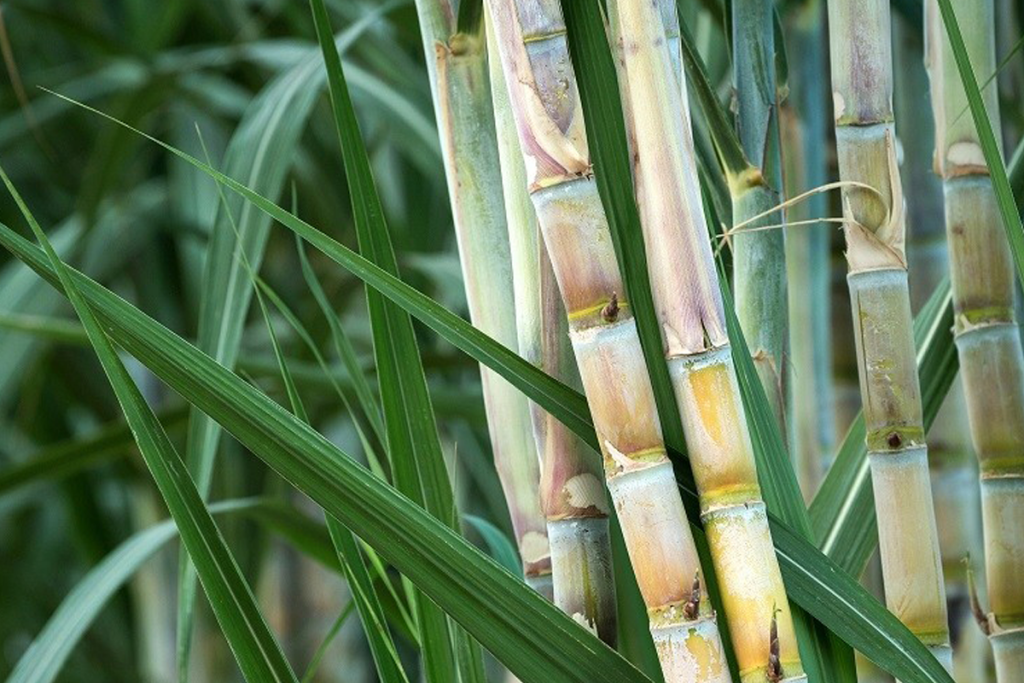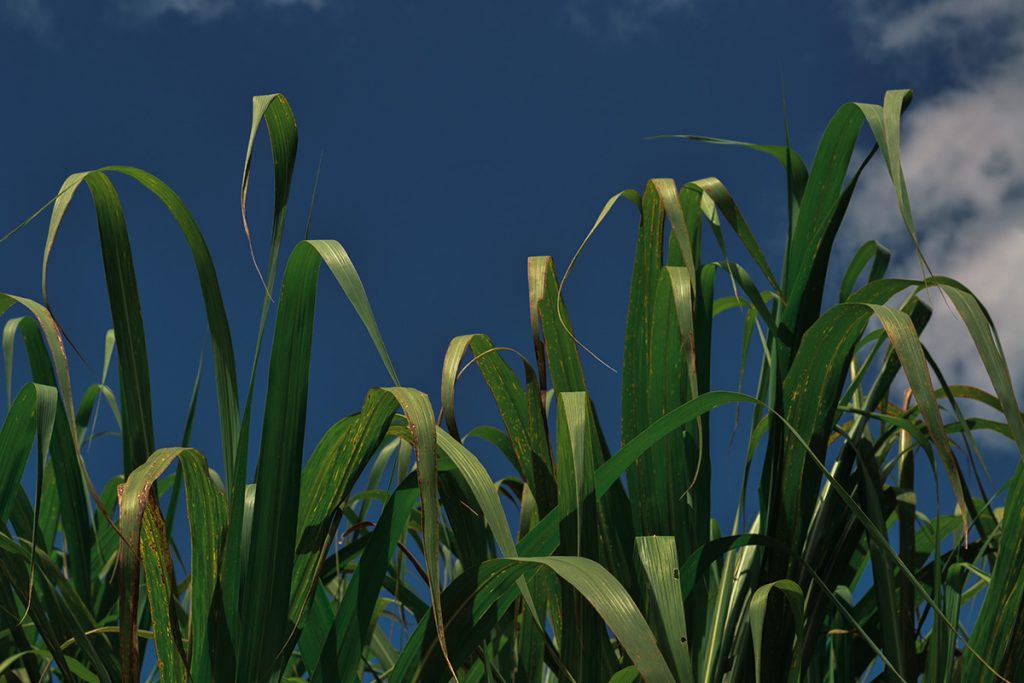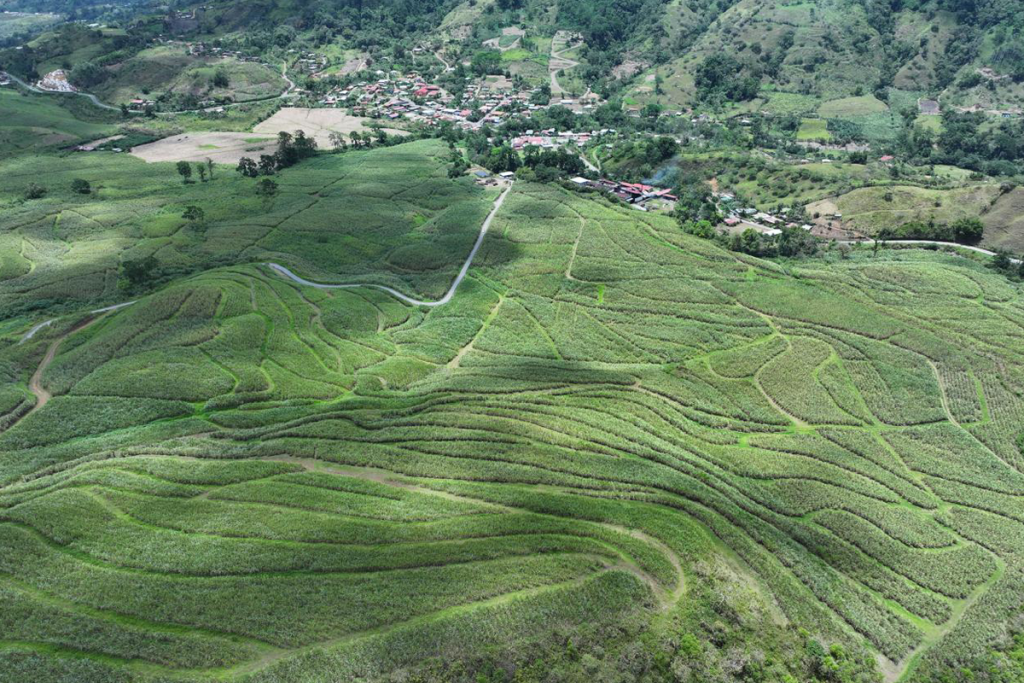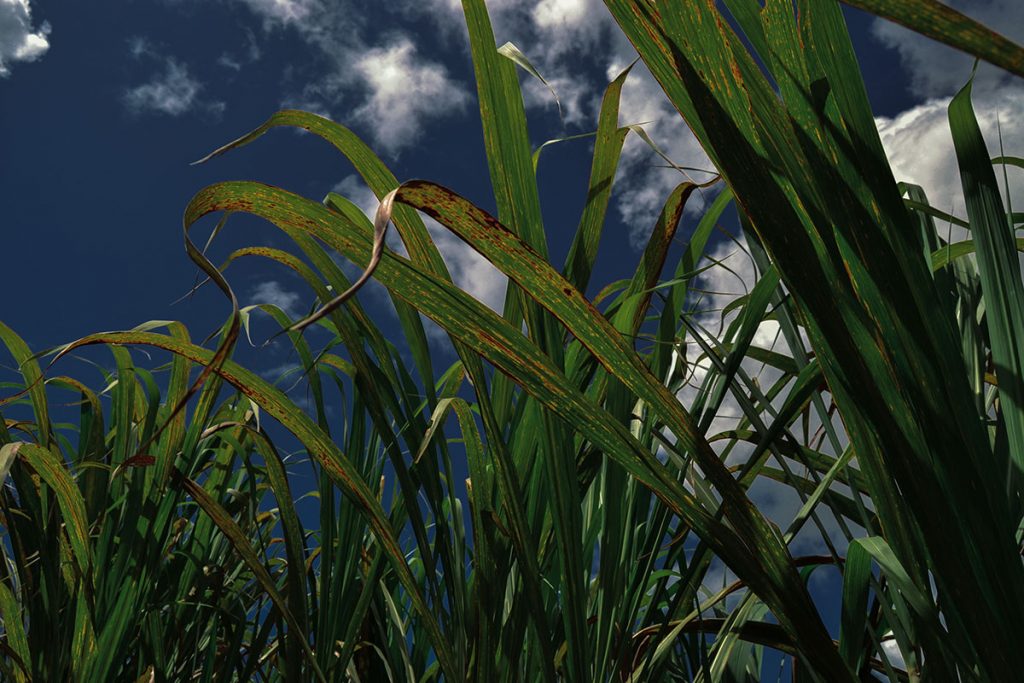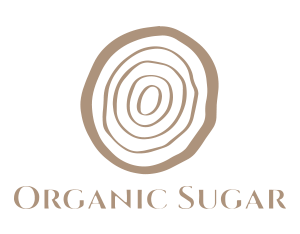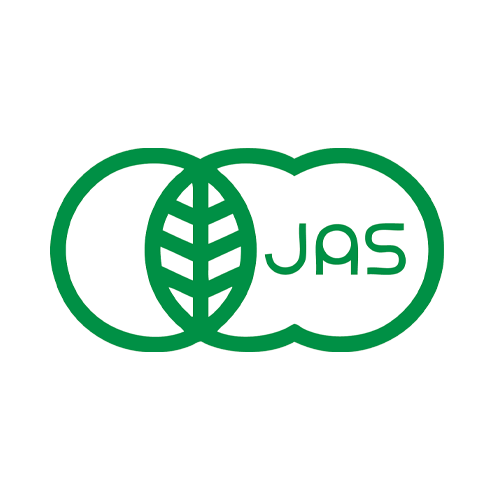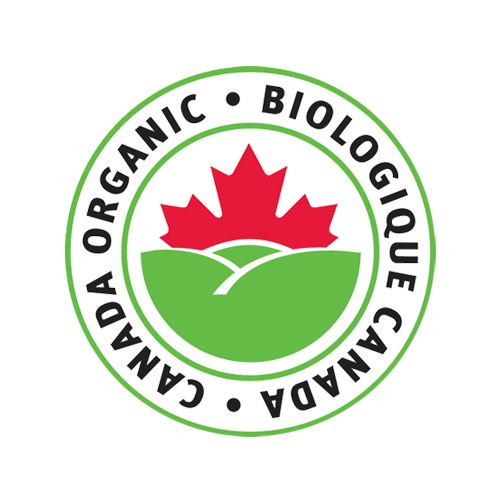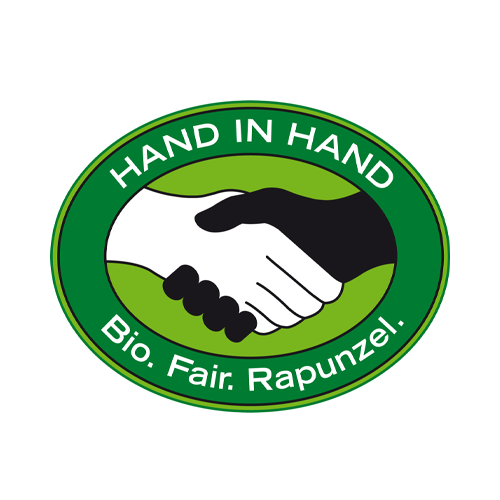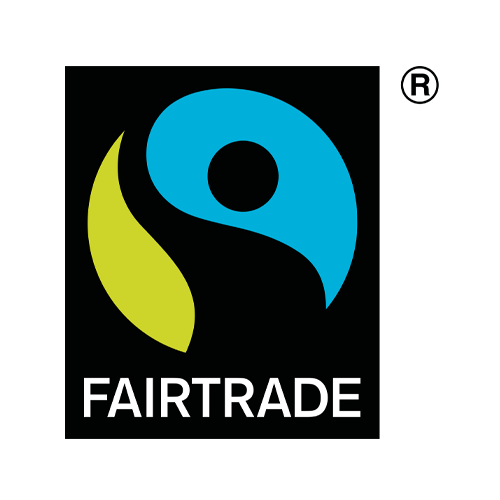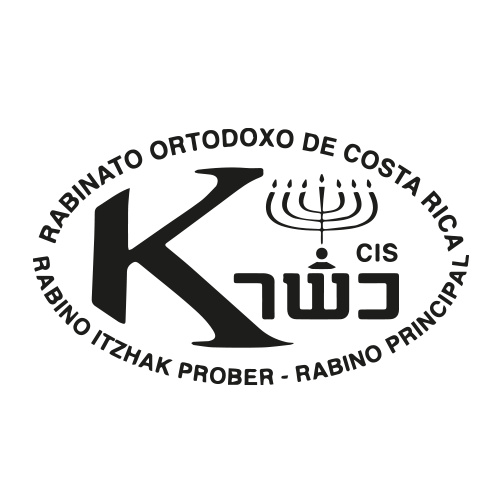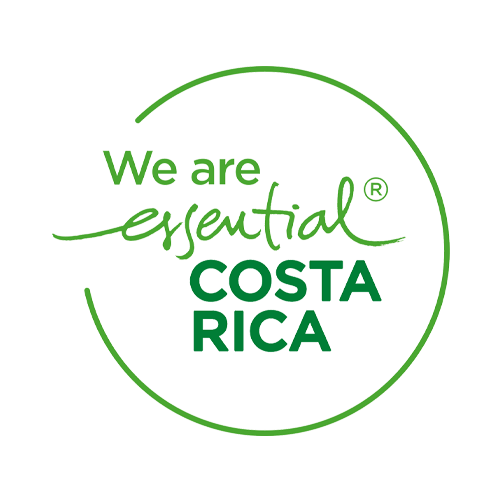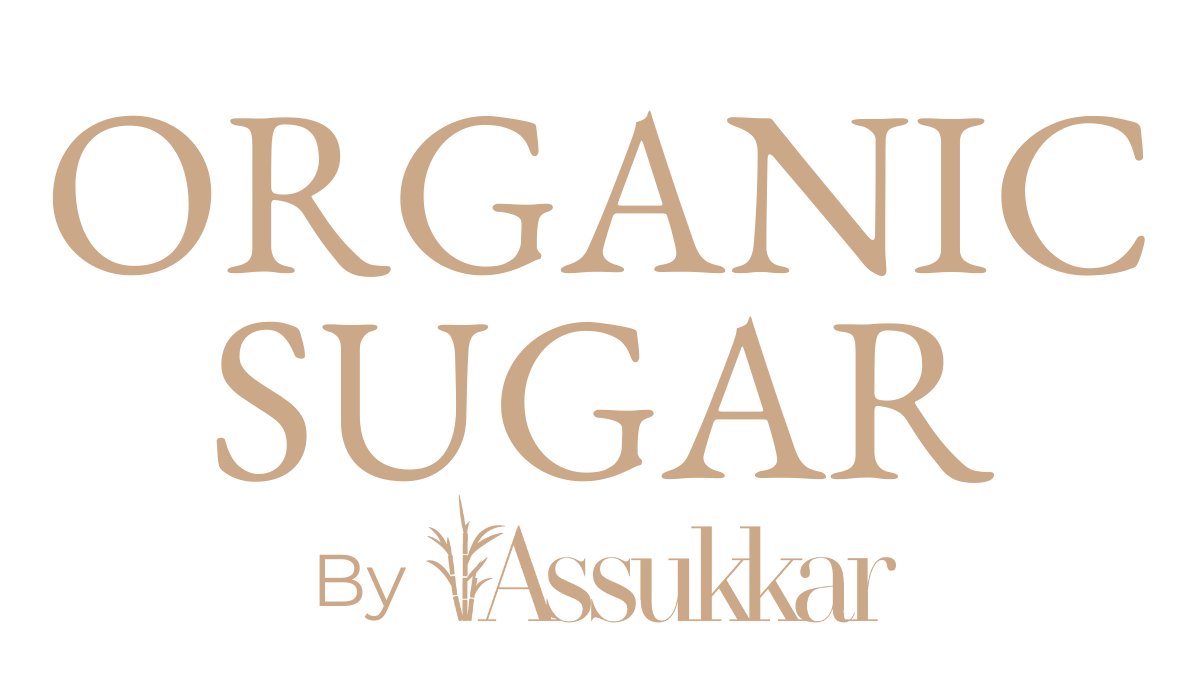
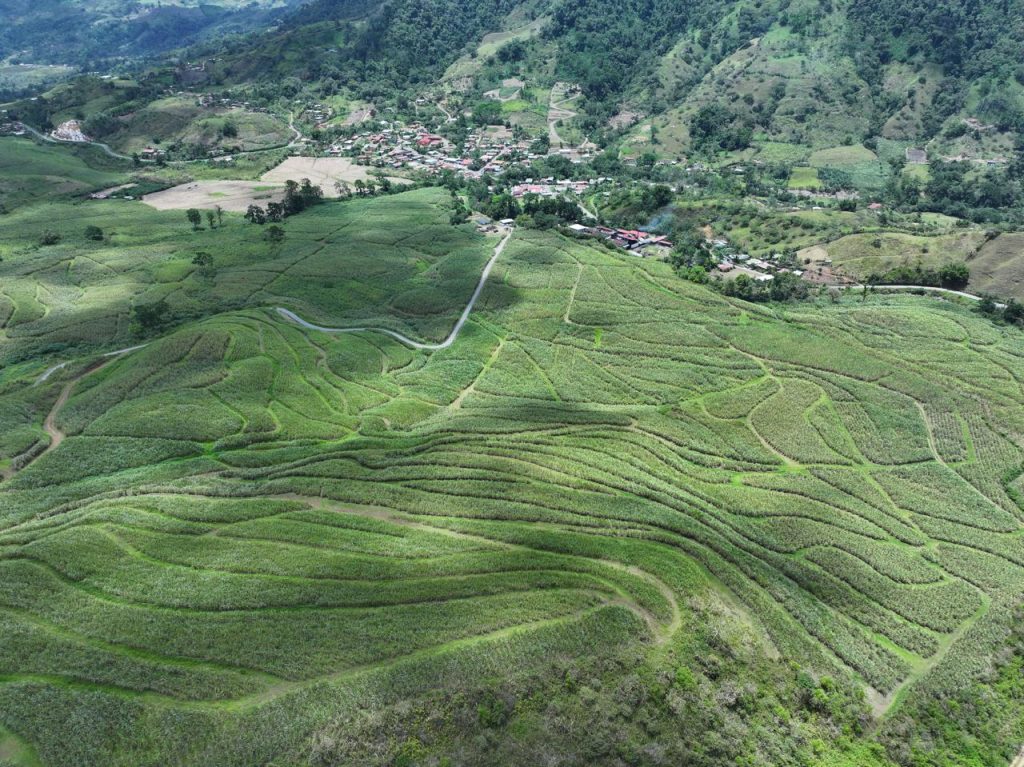
WHO WE ARE
Assukkar is a family-owned business that strives to offer clients top quality products. We have more than 120 years of experience in the cultivation of sugarcane and are committed to keep innovating in order to provide the best product in the market.
WHAT SETS US APART
For the many generations our family has cultivated sugar, we have been committed to producing top of the line
products for both national and international clients.
We have developed and innovated techniques that transformed a product that has historically been a staple in traditional Costa Rican culture, to a product that contains qualities and ease of use for consumers around the globe. Allowing us to export the sweet taste of Costa Rica for everyone to enjoy.
To ensure quality we have obtained more than 10 different certifications that comply with organic markets, different quality standards and social and environmental responsibilities.
As a company we are committed to our workers and our community; by developing programs that not only encourage our employees to grow but help develop and preserve the communities and natural habitats that surround us.
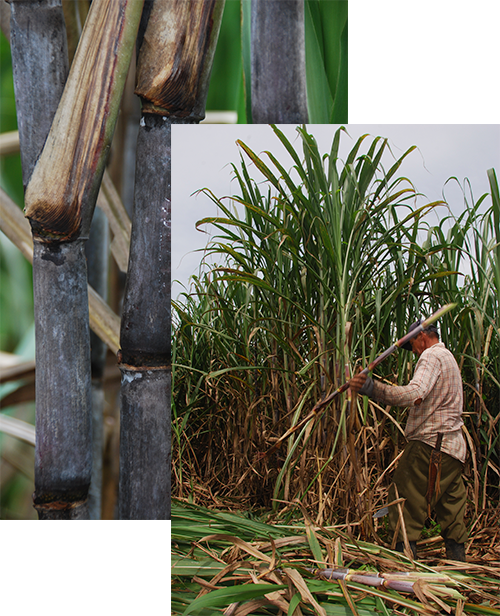

OUR VISION
OUR MISSION
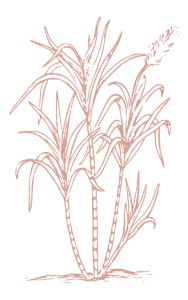
VALUES
- Innovation
- Regenerative Development
- Competitiveness
- Sense of Belonging
